Carnivorous Drosera Regia, "The King Sundew"
I decided to do a research on the Drosera genus, and I will be sharing them with time on my blog when the idea came, I was like, where should I begin? , then it struck me, the king must be called up first to the stage to speak, and today, we will be putting the king sundew in the spotlight, do you want to know what he has to say?, I know you can't wait to meet him, but first things first, I would like to give him the respect he deserves with this little intro.
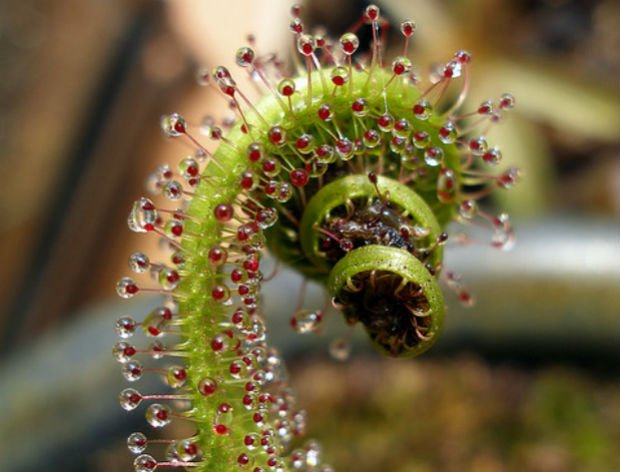
Source
About
The king sundew, a carnivorous of the kingdom Plantae, order Caryophyllales and family Droseraceae. They were originally described by a botanist Edith Layard Stephens and had their name inferred both from the Greek and Latin. They got the name Drosera from the Greek word drosera which simply means "dew covered" and the other part Regia which simply implies "royal" on translation. This is a royal plant, they have a stunning appearance, and you will be shocked at their carnivorous nature, so stick with me as we sail the sea of the Drosera regia.
Appearance
Just like the name implies, it is the largest with respect to leaves amongst the Drosera species, occurring in the South west part of Cape and very rear in the area; it has its leave about 3 feet tall.
Its leaves are erect, and of a narrow shape, the form of its leaf begins with a base which is narrow and this base gets wider as you move upward, up until the center of its leaf, when towards a maximum center distance which ranges from 8mm to 12mm they then begin to taper inward, and this taper continues down to a point, which builds quite a beautiful structured plant.
This is a carnivorous plant which has the capability of not only trapping its prey but can also go as far as wrapping around it like grabbing a prey on your fist; its leaf can curl up, bending with respect to the trapped insect. The king sundew is said to have the largest leaves when the Drosera genus of plant is mentioned and it's leaves are normally rolled into buds which tend to uncurl from this rolled nature to a stunning length of about 25-46 centimeters when exposed to the rays of the sun and to an amazing 71cm when they are put in a shade(although reported cultivation over the years have seen leaves which can attain a length size of about 1 meter with respect to length).
Sticky glands are seen at the top of its leaf which gets its prey stalked. A leaf can be seen to have many tentacles which help it to retain a larger prey
And now unto the flower part of this plant we are faced with a flowering stem which is seen to have its length approximately that of its leaves and as can be seen, they quite a beauty to behold having their colouration to range from pale pink to deep purple and scape length up to about 40cm. Its scape is vertical having two branches and normally the range of 5-20 flowers having petal 2 to 3 cm
It's seed have a range of colouration brown to black and are ornamented having markings which are a network like in nature.
Where They Could Be found
The king sundew according to reports has only been found in two places in South Africa, around Bainskloof near Wellington at an altitude of about 500-900m on in West of Cape.
So many explorations were made to find this plant in a location similar to this but to no avail even in the neighbouring Valleys.
A little variation which includes a broader leaf was noticed to this population of Drosera Regia, and this population is just within a Landmass of just about hundreds of square meters apart.
They are found amongst marshy grasses in fynbos vegetation which is almost similar to shrubland which has been known to have low shrubs.
Where it is found is characterized by a soil damp of which it consists of gravel bench which is normally formed from a Creek. They can grow among other grasses above the ground level, their habitat is maintained and is dependent on the sweeping of periodic fire as it tends to see that larger plants do not choke them out when shearing the habitat. Their habitat is also seen to have frost once in a while.
Their Carnivorous Nature
Carnivorous plants are those who can lure animals trapping them and taking required nutrients from them.
When studied relatively they tend to feed mostly small animals like the insects except for some who have the ability to trap little birds, lizards and rodents.
Just like other plants, they consist of chlorophyll which helps them make use of photosynthesis for carbohydrate, but they have been noticed to germinate in soils low on nutrients hence they get most of their needs with respect to nutrients by preying on animals.
Their Carnivorous Diet
These leaves which are covered with tentacle are capable of capturing animals as large as beetles, butterflies and moths; they can also capture smaller insects like flies. Its leaf is an always active trapper, and it also has a curling response to its prey keeping it in captive
Trapping Prey
The king sundew being a member of the carnivorous world of plants have capture method, sticky unlike the Venus Flytrap which entrap by closing.
Their carnivorous nature consist of dews (just like they have to their name). Since they are mostly covered with tentacle which is in the form of hairs with drops of dews at the top, they tend to capture any animals which are incapable of overcoming the sticky nature of their dew.
These dews are just the perfect bait for any animal foolish enough to fall for the bait; they are of a sweet smelling nature with mucilage of a sticky nature to lure their prey. Those foolish enough lands on them with the hopes of having found that sweet and perfect meal only to get stuck and becomes the perfect meal.
On trapping, this plant slowly gets its grip on them, curling up towards their direction, this gives a firmer grip for large insects and also account for maximum nutrients gotten from the entrapped animal.
This follows by the secretion of enzymes necessary to extract the needed required nutrients from the captured prey.
Cultivating Drosera Regia
Cultivation of this plant needs certain conditions in other to be a success, and it involves conditions related to its original environment where they are found naturally.
This plant species is regarded till date as one difficult to cultivate although reports have brought about the requirements for the cultivation of the king sundew which include an amount of light level, cool temperature and a soil drainage level which is good for the plant
The asexual system of propagation is achieved through the cutting of root cutting of leaves have been seen to rot off even before any root is formed in the soil. With seed propagation, they sprout quicker than any other Drosera plant species with their leaves alternate in the arrangement.
Status And Conservation Of The King Sundew
Reports according to some botanist have sounded the alarm for quite some time making this plant to be seen amongst the critically endangered amongst the Drosera plant genus in the wild.
Although they have not been listed in the IUCN standard for rating, ( in the year 1977, they were tagged rear) but have been known over the years to be a rear species of plant.
They have also been recognized as members of the imperilled carnivorous plant Kingdom with respect to the International Carnivorous Plant Society and Red List of Threatened Species.
Things To Know About The King Sundew
Just like a king, they have unusual characters which set them apart from other plants in the Same genus, which includes the presence of woody rhizomes operculate pollen and it's undivided style.
A clone of this species was made and goes by the name "Big Easy". This D. Regia is said to be a robust clone of the Drosera Regia having a length of about 23 centimetres and also this clone has also been said to have never gone dormant or flowered.
They can be easily grown by root cutting since they have a very strong root. In cultivation, enough light is needed as they perform better with light, but note, not the rays of the sun.
My Thoughts
The king sundew is a fascinating specie of the Drosera plant genus, they are carnivorous feeding on animals for their nutrients which makes them more fun to study, like, look how they curl up those insects (I caught you, and you can go nowhere) an irony where they came to feed and were fed on.
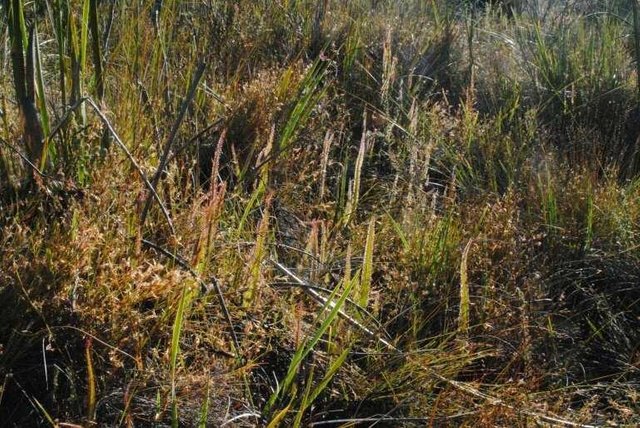
Source: Notice the glow in their habitat, quite a beauty of nature
They are termed the king sundew, and they live like it without occurring in many habitats, this is a rare species of plant though, and it is an important factor to consider that they may be vulnerable to decline in the wild, though they can be propagated in different conditions, I think their occurring habitat in the wild should be conserved as they might not be able to survive in another.
we need to end the destruction of natural habitats of animals and plants, a call against deforestation as this do not only affect the natural inhabitants of these places but also have a negative effect to our ecosystem.
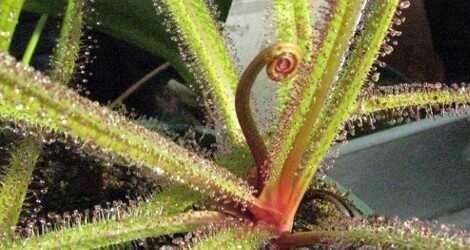
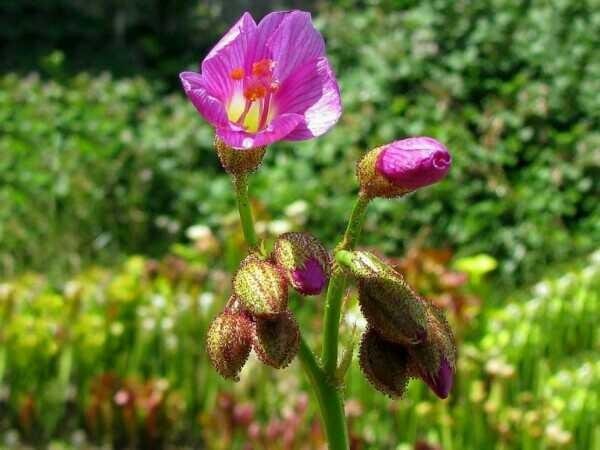
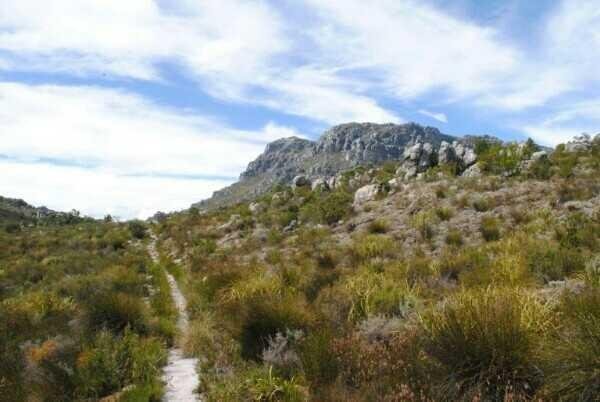
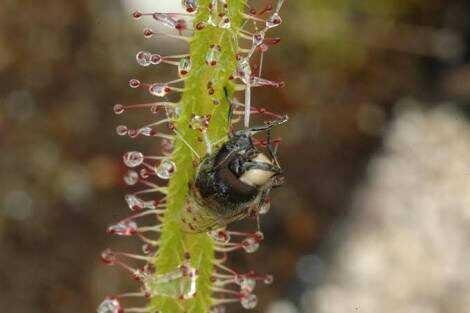
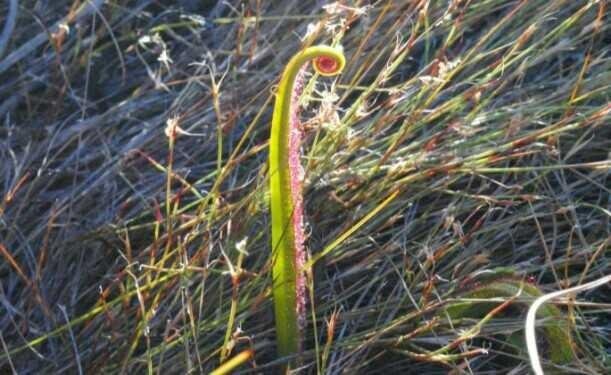
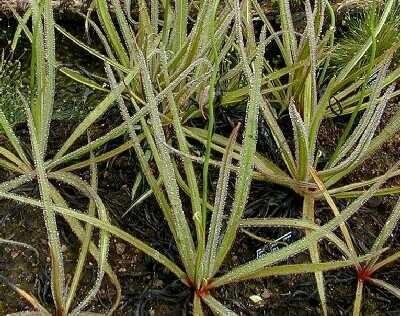
Good post, I did not know this type of plants. regards
Thanks @maurelvys , they are just awesome, it's nice having you here :) .